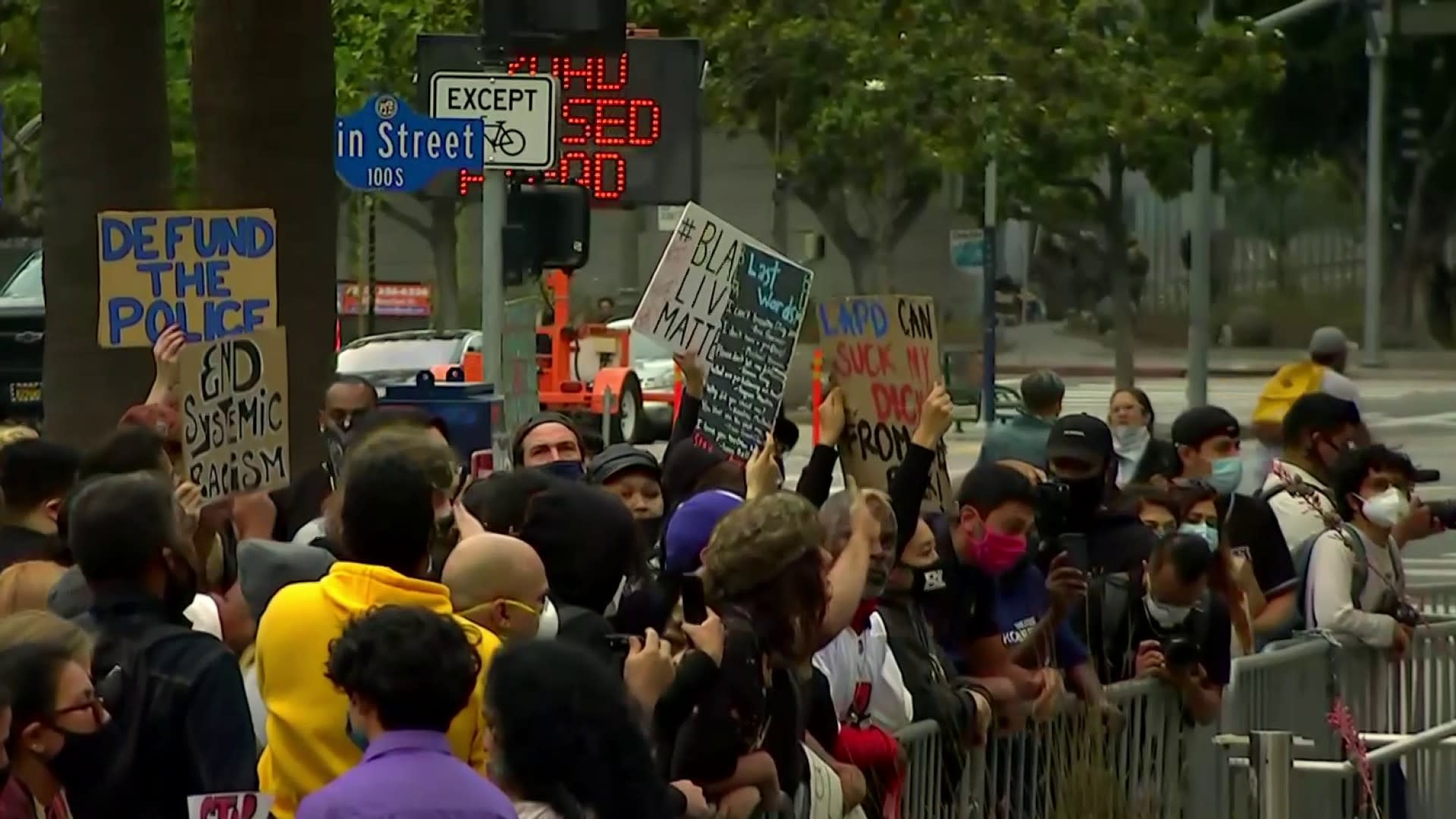The Black Lives Matter (BLM) movement has become a prominent social phenomenon that has captured the attention of the world. As its reach extends from local communities to global platforms, understanding the role of its co-founders offers crucial insights into its formation, objectives, and impact. So, what does it truly mean to be a co-founder of a movement that aims to dismantle persistent systemic inequalities? Let’s delve deeper.
Firstly, it is essential to contextualize the origins of BLM. Established in 2013 in response to the acquittal of George Zimmerman, who was charged with the shooting death of African American teenager Trayvon Martin, the movement emerged out of a profound need for justice and accountability. It was birthed from anguish and a quest for change, giving voice to those who felt marginalized and disenfranchised. What drives a person to take on such a monumental role in a movement that seeks to reshape societal narratives? This question offers a glimpse into the dedication and passion of the co-founders.
One of the pivotal figures in this movement is Alicia Garza, who, along with Patrisse Cullors and Opal Tometi, helped forge the ideological backbone of BLM. What distinguishes these individuals is their ability to cultivate a network of activists and supporters, creating a collective force that resonates with many. Their approach was not merely to react to injustices but to ignite systemic change, urging society to confront uncomfortable truths about race, policing, and social justice.
Garza’s co-founding role is marked by her intelligence and ability to articulate the nuanced experiences of Black individuals within the sociopolitical landscape. The importance of her voice cannot be overstated. She harnesses the power of language, transforming pain into a clarion call for justice. In what ways can communication enhance the visibility of marginalized communities? This question invites us to reflect critically on the intersection of rhetoric and activism.
The insights provided by the co-founders extend into various methodologies of activism. Employing both digital platforms and grassroots movements, BLM has created a framework that stands both innovative and adaptable. In this context, social media acts as a double-edged sword—it serves to amplify voices while also presenting challenges, such as the potential for misinformation. The challenge lies in navigating these waters effectively, ensuring that the core message remains intact amidst the cacophony of voices online.
Moreover, the movement has identified the necessity for concrete policy changes within law enforcement and judicial systems. The rhetoric around “defunding the police” has sparked heated debates, compelling many to reconsider the role of public safety. A prevalent question arises: How can we advocate for public safety while addressing systemic inequities? This dilemma encourages continual dialogue among advocates, community members, and policymakers alike.
Gainful legislation is among the primary objectives delineated by BLM’s co-founders. They emphasize the implementation of new police policies as crucial. By championing measures that prioritize community safety without the oppressive presence of over-policing, there is a drive to create environments where individuals feel secure and respected. Envision a world where community and law enforcement work collaboratively. What are the impediments to achieving such an outcome? This query underscores the collective work required to nurture significant change.
Education also plays a vital role in the mission of BLM. The co-founders focus on awareness as a means to combat ignorance and foster understanding. Events and workshops are organized to facilitate conversations about race, privilege, and justice. The transformation of knowledge into action is paramount. This leads us to ponder: how can we leverage educational platforms to cultivate empathy and activism among diverse populations? The answer may lie in fostering inclusive dialogues that motivate individuals from all walks of life to engage in meaningful discussions on race and equity.
As BLM evolves, its adaptability continues to be one of its defining traits. The co-founders consistently assess and adapt strategies to ensure the movement remains relevant, addressing contemporary issues as they arise. This resilience in the face of adversity showcases a profound understanding of societal dynamics. However, this also raises a pertinent question: how can movements maintain momentum without straying from their foundational principles? This ongoing challenge necessitates vigilance, reflection, and unity among members and supporters.
The journey of a Black Lives Matter co-founder is not without its trials. The relentless pursuit of justice often comes with personal sacrifices. Repeatedly subjected to scrutiny, their commitment to the cause can be both a source of strength and a burden. Admirably, they navigate these challenges, exemplifying the tenacity required to lead a movement of such magnitude. Their experiences reflect broader societal struggles, and therein lies the inspiration for countless individuals who share the same dream of an equitable society.
In conclusion, the role of a co-founder within the BLM movement is multi-faceted, intertwining personal stories with collective action. Understanding this role illuminates the complexities of activism and the power of communal voices. As we continue to grapple with issues of race and justice, the insights offered by BLM’s co-founders serve as guiding beacons, challenging us to consider our own roles within this grand narrative. What can we do to further the dialogue and propel the movement toward a future where equality and justice are not just aspirations, but realities? This question lingers, urging all of us to step up, engage, and contribute to the cause of justice for all.
